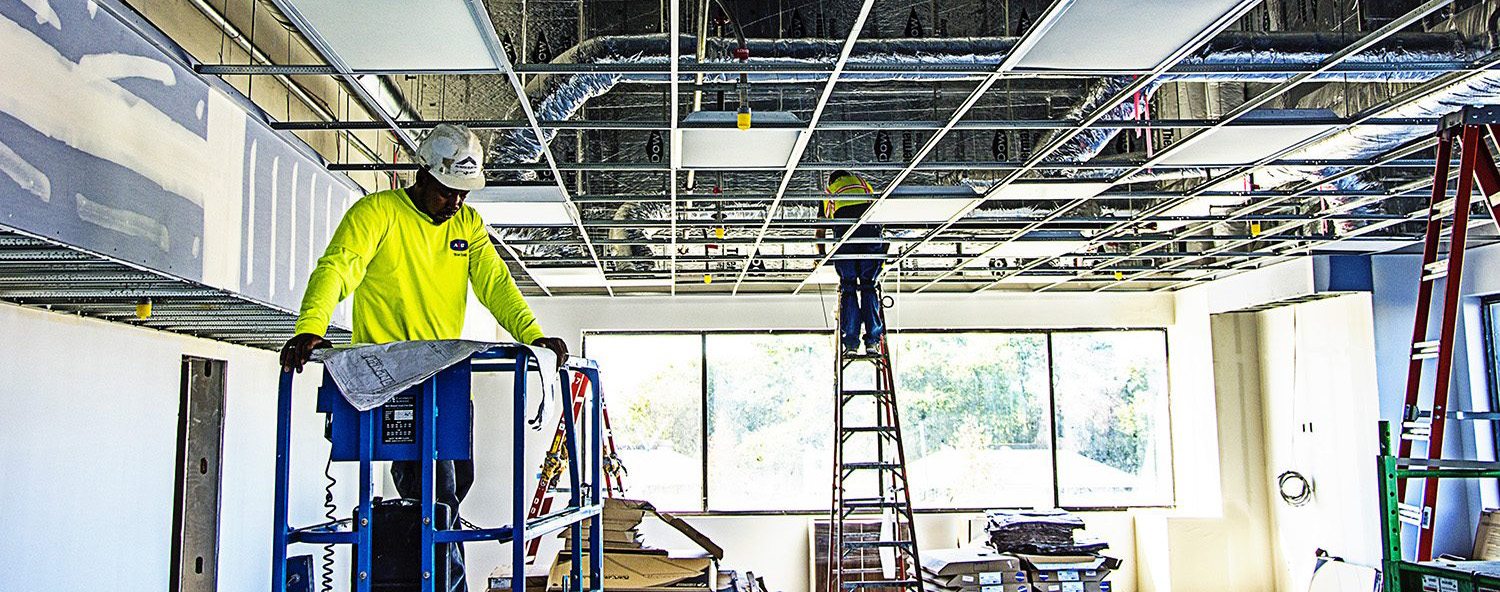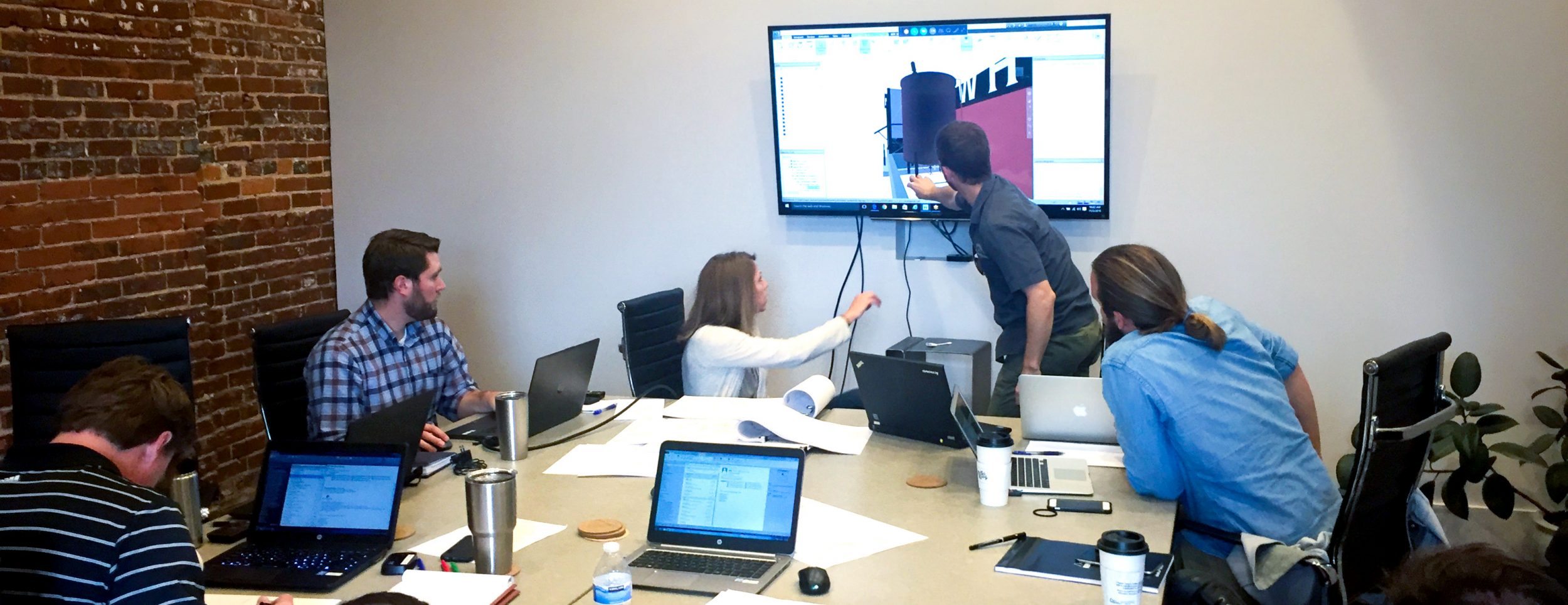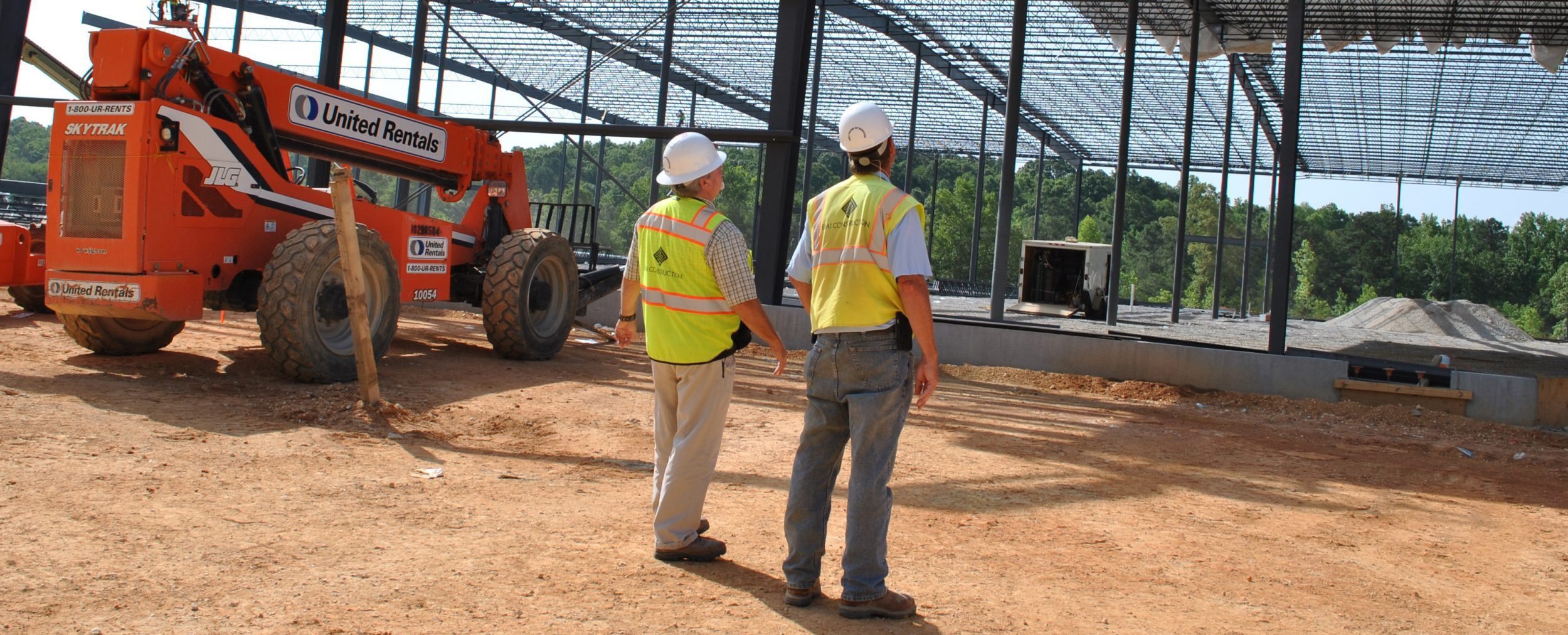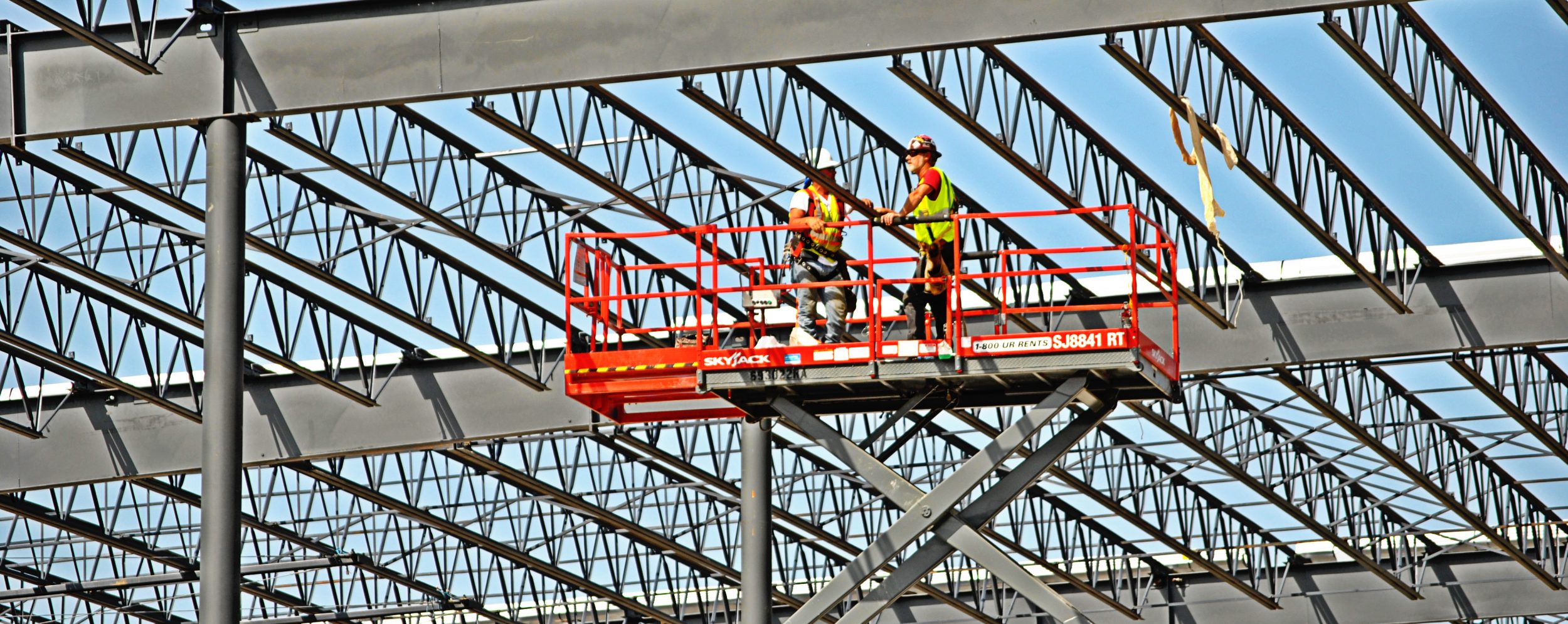
Trade-specific preconstruction meetings have become commonplace in the construction industry, but at EMJ, these meetings are far more than checking a box—they are a key component of our Concept-to-Completion (C2C) approach.
The trade-specific preconstruction meeting is a key step in uniting a construction management team with subcontractors and ensuring that all parties align to understand the client’s vision and project goals.
We asked our Director of Quality Assurance, Jonathan Horne, to share some key components to an effective trade-specific preconstruction meeting.
Attendance
“The first step in promoting a collaborative atmosphere is to bring the whole team together in person,” says Jonathan. At minimum, the contractor’s project manager and superintendent, as well as the subcontractor’s project manager and superintendent should be present for a successful meeting. However, sometimes a manufacturer’s representative, a third party testing agency, a coordinating trade’s superintendent and others should also be in attendance.
Preparation
“The project team should create an agenda and be prepared to review contracts, project specifications, construction documents, approved submittals, project schedule, scope-specific safety requirements, quality expectations, lessons-learned and even closeout,” Jonathan says. However, teams should be considerate of all participants’ time. Plan the meeting according to what needs to be reviewed at that time and schedule subsequent meetings as needed. “Remember, the precon is about setting expectations. If the content is quickly glanced over, you can set a bad example for the work that is to be performed.”

Timing
Timing of the preconstruction meeting should be carefully considered. “If a meeting is conducted too late, the project schedule may suffer if issues arise that need to be resolved before the trade begins, and if a meeting is too early, the stakeholder may get reassigned to other projects or the discussions can slip by the wayside,” says Jonathan. The optimal time should be determined based on the trade to be discussed. “A typical rule of thumb is 2-4 weeks before the trade is scheduled to begin, but can vary.”
Location
Not only is the jobsite often the most convenient place for all parties to gather, but it is also proven to enrich the meeting discussion. “Experience shows that preconstruction meetings are most effective when they are conducted in person at the job site so that all stakeholders can visualize the project and become familiar with the site,” Jonathan adds.

Atmosphere & Attitude
“Create an atmosphere in which everyone can participate and feel confident to share ideas,” Jonathan says. C2C’s four steps—Ask, Listen, Think, and Do—can be helpful in spurring collaboration among the group. The project team should initiate by asking questions to spark discussion, and subcontractors should bring up concerns and ideas regarding the scope, and—be open to answers.
“The team must have an open mind about the project, the meeting, and the team approach, and the stakeholders must be aligned so that clear expectations can be set during the meeting.”
Documentation & Accountability
Quick distribution of detailed meeting minutes holds stakeholders responsible and accountable for the commitments made or the items to address. “All parties should walk away from the meeting with a clear understanding of what their team is responsible for and when it is to be completed,” said Jonathan.

Teamwork and collaboration from all stakeholders are key to delivering unique value and an exceptional construction experience to our clients, partners and colleagues. A solid preconstruction meeting is just the one of many steps in solidifying the collaborative relationship among the many players on a construction project.
For more information about EMJ’s C2C approach and our commitment to quality, click here.
